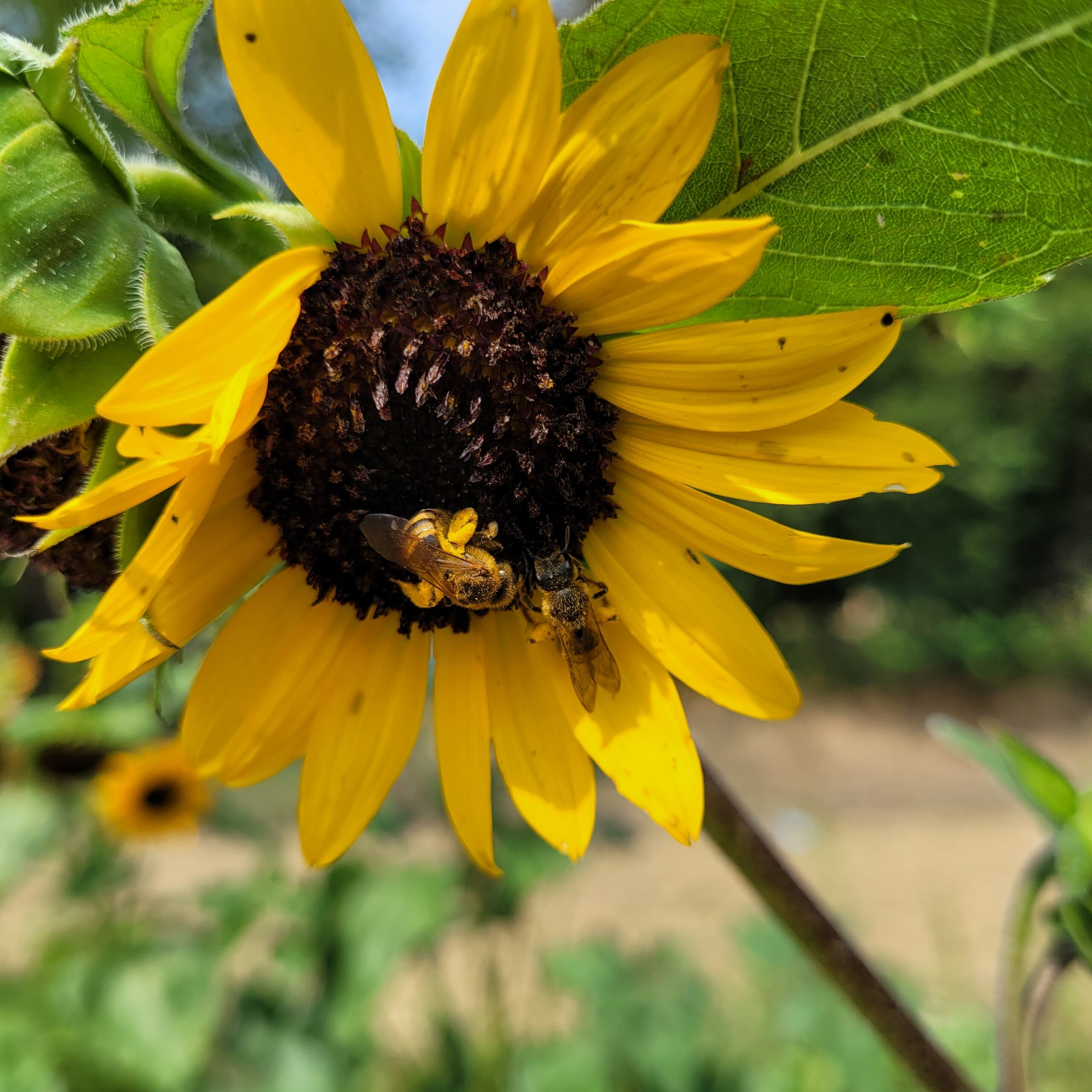Agricultural systems are increasingly challenged by the conflict between maximizing yields and the conservation of biodiversity. Increasing farming efficiency, increasing intensification is threatening ecosystem services, like pollination.
Semi-natural habitats offer both nesting sites and flower resources. Pollinator communities can find here a shelter and this kind of habitat increases landscape connectivity. However, the total area and quality of semi-natural habitats have declined, leading to a loss of pollinator richness and abundance.
Many countries all over the world are today interested in protecting biodiversity, choosing agricultural measures more respectful of pollinators’ life, such as organic farming.

In contrast to conventional farming practices, it prohibits the use of chemical pesticides and fertilizers. Thus, organic fields typically support higher weed and pollinator richness compared to conventional farming and provide a more constant supply of flowering weeds, thereby stabilizing wild pollinator communities throughout the season.
However, it is unknown how the combination of different amounts of semi-natural habitats, organic farming and mass-flowering crops modulates different pollinator groups and potentially affects yields and whether such landscape- scale effects apply both to conventionally and organically managed fields.
In the recent study of the University of Würzburg (JMU), together with the Bavarian State Institute for Agriculture, 29 sunflower fields in northern Bavaria – 15 organically and 14 conventionally farmed, were analyses to know which factors influence wild pollinators and how this affects agricultural yields. They considered both the conditions in individual fields and the structure of the surrounding landscape.



At the landscape scale, they assessed the effects of landscape composition, quantified as the area of organic farming, seminatural habitats and mass-flowering crops, within 500 m and 1 km radii around the field center. At the field scale, they assessed effects of field-scale management, based on farming system (conventional vs. organic), weed coverage, weed richness and sunflower coverage. They surveyed flower visitation of three groups of wild pollinators (bumblebees, solitary bees and hoverflies) and honeybees in conventional and organic sunflower fields along a gradient of surrounding landscape composition.
The results show that tolerating moderate weed levels or introducing a diverse understory vegetation is a simple yet effective way to support pollinators without compromising productivity in sunflowers. Furthermore, increasing organic farming at landscape scale is a suitable measure that can support pollinators directly and indirectly via weeds. However, organic farming cannot replace semi-natural habitats, which are essential for solitary bees and should be conserved and restored throughout agricultural landscapes. Their study stresses the importance of pollinators for ensuring crop yields and identifies practical management options that integrate biodiversity conservation with productive agriculture. Multi-scale approaches need to be applied to best support pollinators and pollination services in agricultural landscapes.
References:
DOI: 10.1111/1365-2664.70156





